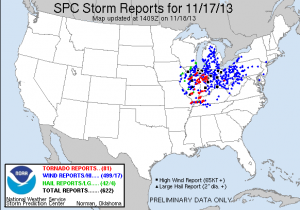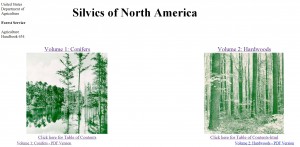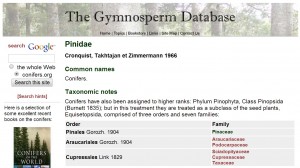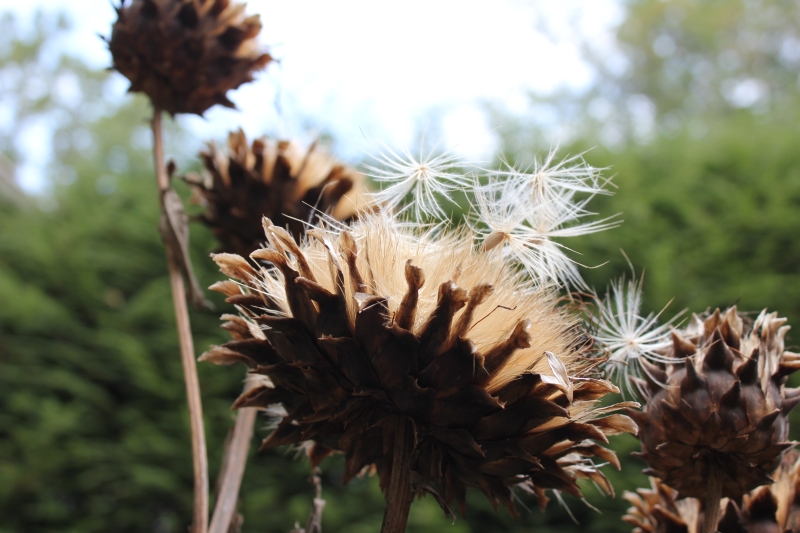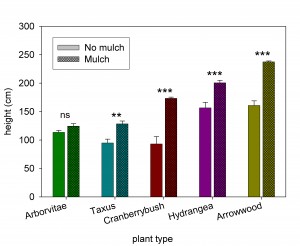A wild and wooly night for many of us last night. A powerful line of storms moved through the Midwest yesterday afternoon and evening, spawning numerous tornadoes, primarily in Illinois and Indiana. Here in Michigan we were spared the tornadoes but had to cope with a long night of high winds, gusting up to 70 mph along the Lake Michigan lakeshore.
The high winds and heavy rains lead to widespread tree damage and power outages. Dealing with a yard full of damaged trees can be an overwhelming and sickening feeling for homeowners. If you are a homeowner or someone who advises homeowners, there are several good resources on the web to assist with the process of assessing storm damage to trees after a storm.
The National Arbor Day Foundation has a storm recovery website that provides practical tips for dealing with storm damaged trees. The website also includes resources for media including press releases and images that are useful for educating the public on steps to take during storm recovery.
The Minnesota Department of Natural Resources also has useful storm recovery information on their website.
For those dealing with storm damaged trees keep these points in mind:
-Stay at least 25 feet away from any downed power lines and contact local authorities to report downed lines.
-Damaged trees and hanging tree limbs are extremely dangerous. Trees that are damaged in storms often have decay or other hidden defect and can drop without warning. Walk around – not under – damaged trees and limbs. Keep children away from damaged trees.
-If you are unsure if you can safely remove a limb or damaged tree, always err on the side of caution and contact a professional arborist or tree service company.
-Be wary of ‘door-knockers’, individuals that descend on storm-ravaged areas that offer to perform tree clean-up or removal. Reputable, professional tree service companies rarely, if ever, solicit business door to door. Working around damaged trees is dangerous work that requires professional training and equipment. Look for arborists that are insured and certified by the International Society of Arboriculture.

